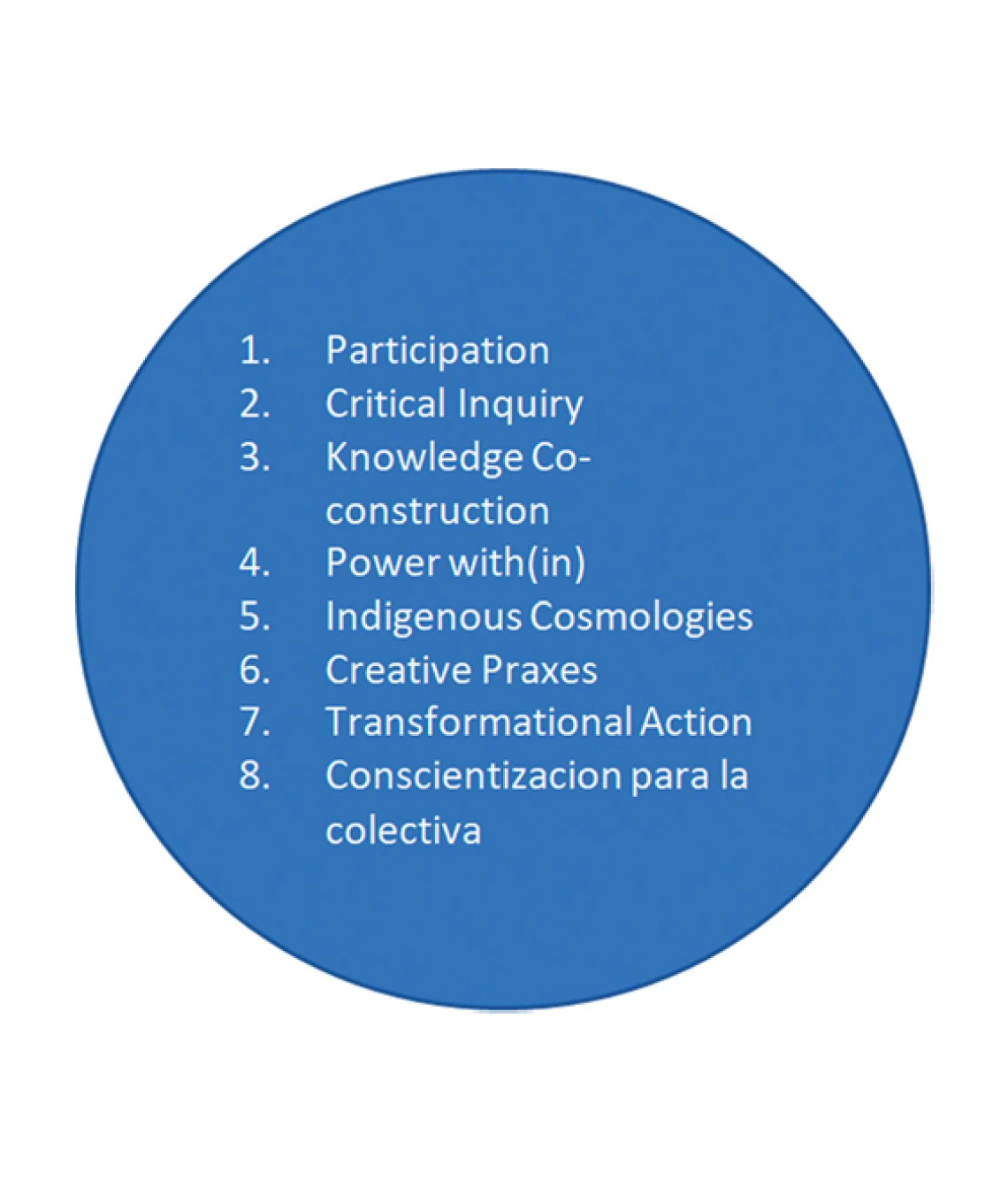What is YPAR?

Youth Participatory Action Research (YPAR) is a critical and iterative process of youth-driven inquiry that is informed by their lived experience. YPAR is grounded in critical youth studies literature, crosses school and community spaces and can also serve as a bridge from the classroom to students’ lived realities. By centering the youth perspective and positioning youth as experts of their lived experiences, YPAR provides students with a language and consciousness to name and challenge their oppression within those lived realities. In this way, YPAR offers an alternative approach to teaching and learning, a pedagogy grounded in social change and the recognition of student’s capacities in all areas of life. The participatory process encourages youth (or college students) to redefine their self-perceptions from “knowledge consumers to knowledge producers” and “actors who can change the world versus people who are acted on.”

Back in 2012, a group of seminal leaders in the YPAR field came together to offer eight principles to guide the PAR process: (a) participation; (b) critical inquiry; (c) knowledge co-construction; (d) power with(in); (e) Indigenous cosmologies; (f) creative praxes; (g) transformational action; and (h) conscientization para la colectiva (Ayala et al., 2017).
To further the conversation, we drew on the work of prior scholars (Ayala et al., 2017; Boal, 1979; Freire, 1970; Rodríguez & Brown, 2009) to synthesize the various principles to form a more creative, visually complex, and interactive PAR model called the arc of transformation.
The arc of transformation represents the principles that guide youth participatory action research.
It is depicted in the form of a rainbow - an arch of colors created in the sky due to refraction and dispersion – as a metaphor for how these principles manifest as processes in educational contexts utilizing PAR methodologies.
Refraction (reflection), occurs when sun rays bend as they enter raindrops. This symbolizes how youth bend when shaped by their critical reflection.
Dispersion (action), occurs when the light is spread over a large area. This symbolizes how youth convert critical reflection into action across their local and global context.

The Arc of Transformation explained:
- The sun represents Youth
- The storm clouds represent obstacles in the lives of young people that concurrently motivate and threaten the nature of YPAR work, such as youth oppression and systemic and structural inequities
- The lightning bolt represents youth resistance that occurs when young people challenge forms of oppression and inequities
- The 5 arcs in the rainbow represent YPAR progressive principles
- Arc 1 - Situated and Critical Inquiry; the researcher helps youth create YPAR projects
- Arc 2 - Conscientizacion; the recognition of oppressive forces and action against them
- Arc 3 - Rehearsals for future action; connecting reflection to action, intangible to tangible
- Arc 4 - Cultural action; liberation
- Arc 5 - Transformation; the goal of YPAR
- The flowers represent the benefits of engaging youths with participatory action research
The ultimate goal of transformation occurs both internally as well as externally.
Internal transformation involves shifts in identity, critical consciousness, leadership, and academic learning.
External transformation occurs when youth recognize their potential to initiate change and transform their realities through structural change, policy & practice change, relationships, and civic engagement & activism.
